In the ever-evolving world of web design, flat design continues to be a cornerstone of modern aesthetics, influencing how users engage with digital interfaces. This article delves into the rise and fall of flat design, examining its historical context, current applications, and enduring appeal. From its emergence as a design movement to its impact on contemporary web trends, we explore the key factors shaping flat design’s legacy. Whether you’re seeking to understand its origins or gauge its relevance today, this guide offers valuable insights into the world of flat design web trends.
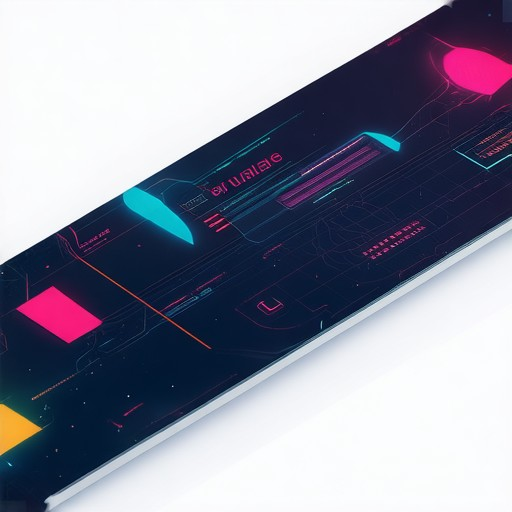
Is Flat Design Still Popular?
Flat design, characterized by simplicity, minimalism, and clean lines, has seen a shift in popularity over the years. While it was dominant between 2007 and 2019, its prevalence has declined as new design trends emerge.
Current Popularity and Decline
- Flat design is often criticized for lacking depth and failing to engage users effectively in modern applications and interfaces.
- With the rise of 3D design, skeuomorphism, and micro-interactions, flat design is no longer considered cutting-edge.
- Some marketers and designers still favor flat design due to its simplicity and scalability, but it is increasingly overshadowed by more dynamic styles.
Rise of Competing Design Trends
- 3D Design: This trend emphasizes depth, shadows, and perspective to create a more immersive user experience.
- Skeuomorphism: Combines flat design with realistic elements inspired by physical objects, making interfaces feel more intuitive.
- Micro-Interactions: Adds subtle animations and feedback mechanisms to enhance user interaction.
Examples of Modern Design Shifts
Many leading tech companies have moved away from flat design, opting for more visually appealing and interactive interfaces. For instance:
- Apple’s iOS has embraced a more refined, 3D-style design in recent years.
- Google’s Material Design has evolved to incorporate more depth and shadows.
- Facebook’s interface now features rounded corners and more expressive elements.
Conclusion
While flat design played a significant role in shaping modern web and app design, its dominance has waned as designers seek to create more engaging and visually striking experiences. The shift towards 3D, skeuomorphism, and interactive elements highlights the evolving preferences of users and the industry.
What is Flat Design in a Website?
Flat design is a contemporary web design style characterized by the use of two-dimensional elements, bright colors, and simplicity. This design approach emphasizes minimalism, functionality, and usability, avoiding the use of shadows, gradients, or complex textures to create a clean and modern aesthetic.
Key Characteristics of Flat Design:
- 2D Elements : Flat design relies on flat, non-decreasing surfaces without any shadows or depth effects. This creates a uniform and consistent visual experience.
- Bright Colors : Flat design often employs vibrant and contrasting colors to draw attention and enhance visual appeal without relying on textures or gradients.
- Minimalism : The style prioritizes simplicity and reduces visual clutter, focusing on essential elements to improve navigation and user experience.
- Focus on Functionality : Flat design emphasizes usability and functionality over decorative elements, ensuring that interfaces remain intuitive and easy to use.
Why Flat Design is Popular:
- Simplicity and Clarity : Flat design reduces visual complexity, making interfaces more approachable and easier to understand.
- Versatility : It works seamlessly across various platforms and devices, ensuring a consistent user experience.
- Modern Aesthetic : Flat design aligns with current trends in web and app design, offering a fresh and contemporary look.
Impact on User Interaction:
- Approachability : Flat elements tend to feel more accessible and less intimidating due to their lack of depth.
- Consistency : The uniformity of flat design helps create cohesive and recognizable interfaces, particularly in applications and websites accessed across different devices.
Comparison with Other Styles:
- Skeuomorphism : Unlike skeuomorphism, which mimics real-world objects, flat design opts for abstraction, creating a more abstract and modern interface.
- Minimalism vs. Flat Design : While minimalism focuses on reducing elements, flat design specifically avoids depth effects, making it distinct from minimalistic styles.
Examples of Flat Design:
- Android Material Design : Known for its flat icons and clean layout, Material Design is a prime example of flat design’s application in user interfaces.
- Google Maps : The flat map interface and simple icons exemplify the effectiveness of flat design in creating a user-friendly experience.
- Facebook and Instagram : These platforms utilize flat icons and layouts to maintain a modern and consistent appearance.
In summary, flat design is a design style that prioritizes simplicity, functionality, and a clean aesthetic, making it a popular choice for creating intuitive and visually appealing websites and applications.
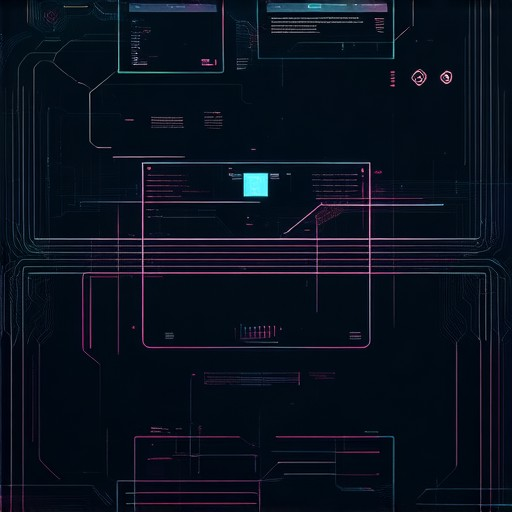
Who Started the Flat Design Trend?
The flat design trend, characterized by its minimalist approach with flat colors, bold lines, and simple shapes, traces its origins to the mid-20th century. While the concept has precedents in earlier design movements, its modern incarnation gained significant traction in the latter half of the 20th century and beyond.
The roots of flat design can be linked to the Swiss Style movement, which emerged in the 1920s in Switzerland. This movement emphasized functionality, simplicity, and a focus on typography, laying the groundwork for the flat design principles we see today. Additionally, the Bauhaus school in Germany, active during the 1920s and 1930s, contributed to the development of a more streamlined and less ornate design aesthetic.
However, the widespread adoption and popularization of flat design occurred later. Major tech companies like Apple and Microsoft played pivotal roles in making flat design mainstream. Their embrace of flat design in the late 20th and early 21st centuries led to its dominance in web and user interface design. These companies simplified their interfaces, focusing on clean lines, vibrant colors, and intuitive navigation, which resonated well with users and developers alike.
Thus, while the origins of flat design can be traced back to the Swiss Style and Bauhaus movements, it was through the influence of companies like Apple and Microsoft that the trend truly flourished and became synonymous with contemporary design.
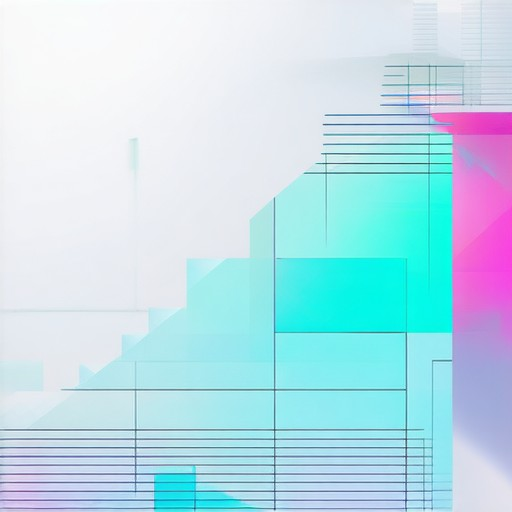
When Was Flat Design Popular?
Flat design emerged as a significant design trend in the mid-20th century, drawing inspiration from the International Typographic style of the 1950s and 1960s. This style emphasized simplicity, minimalism, and the reduction of visual depth, laying the groundwork for modern flat design.
However, flat design did not gain widespread popularity until the mid-2010s. This resurgence was driven by the rise of digital interfaces and the influence of design systems like Google’s Material Design, which popularized flat design for mobile applications and web platforms. By the mid-2010s, flat design had become synonymous with modern, clean, and user-friendly interface design, making it a dominant force in contemporary graphic and digital design.
Why Did We Switch to Flat Design?
The transition to flat design was a deliberate response to evolving user preferences and technological advancements. This design approach emerged as a counterpoint to the overly complex and skeuomorphic styles prevalent in the early 2000s. By focusing on simplicity, minimalism, and functionality, flat design offered a more intuitive and visually appealing alternative.
Flat design emphasizes the use of bold colors, typography, and geometric shapes, avoiding intricate details and shadows that characterized earlier designs. This shift aimed to enhance usability, making interfaces more accessible and reducing cognitive load. The movement was influenced by Swiss design principles and minimalism, which prioritized clarity and functionality over decorative elements.
One of the key motivations behind flat design was the need for consistency across various platforms and devices. Its clean aesthetic ensured that users could easily navigate and interact with applications regardless of the device they were using. Additionally, flat design facilitated smoother animations and transitions, enhancing the overall user experience.
The adoption of flat design also aligns with the rise of digital-first experiences. As more interactions shifted online, a consistent and uncluttered design became essential for maintaining user engagement. Furthermore, flat design simplified the development process, reducing complexity and lowering costs associated with creating intricate interfaces.
In summary, the switch to flat design reflected a broader trend towards simplicity and usability in digital interfaces. It addressed the limitations of previous designs, offering a more efficient and enjoyable experience for users.
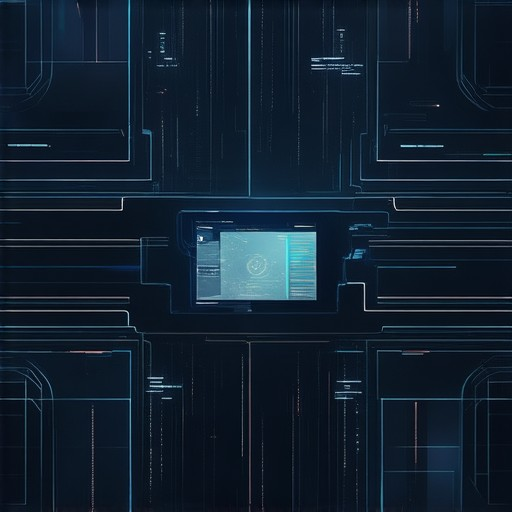
Is Flat Design Minimalist?
Yes, flat design is considered minimalist. Both flat design and minimalist design share common principles such as simplicity, functionality, and the removal of unnecessary elements. However, flat design specifically refers to a 2D visual style characterized by the use of flat colors, simple shapes, and a lack of shadows or gradients. While it aligns with minimalist principles, it extends beyond minimalism by introducing specific stylistic constraints.
Key Differences:
- Visual Style: Flat design emphasizes a 2D aesthetic, flat colors, and uniformity in design elements.
- Simplicity: Minimalist design focuses on removing distractions and simplifying user experiences, which overlaps with flat design’s goals.
- Functionality: Both prioritize functionality, but flat design often does so through consistent visual language.
Conclusion:
Flat design is a form of minimalist design that incorporates specific visual techniques to create a modern, clean, and user-friendly interface. While it shares many principles with minimalist design, it differs in its emphasis on a particular visual style.
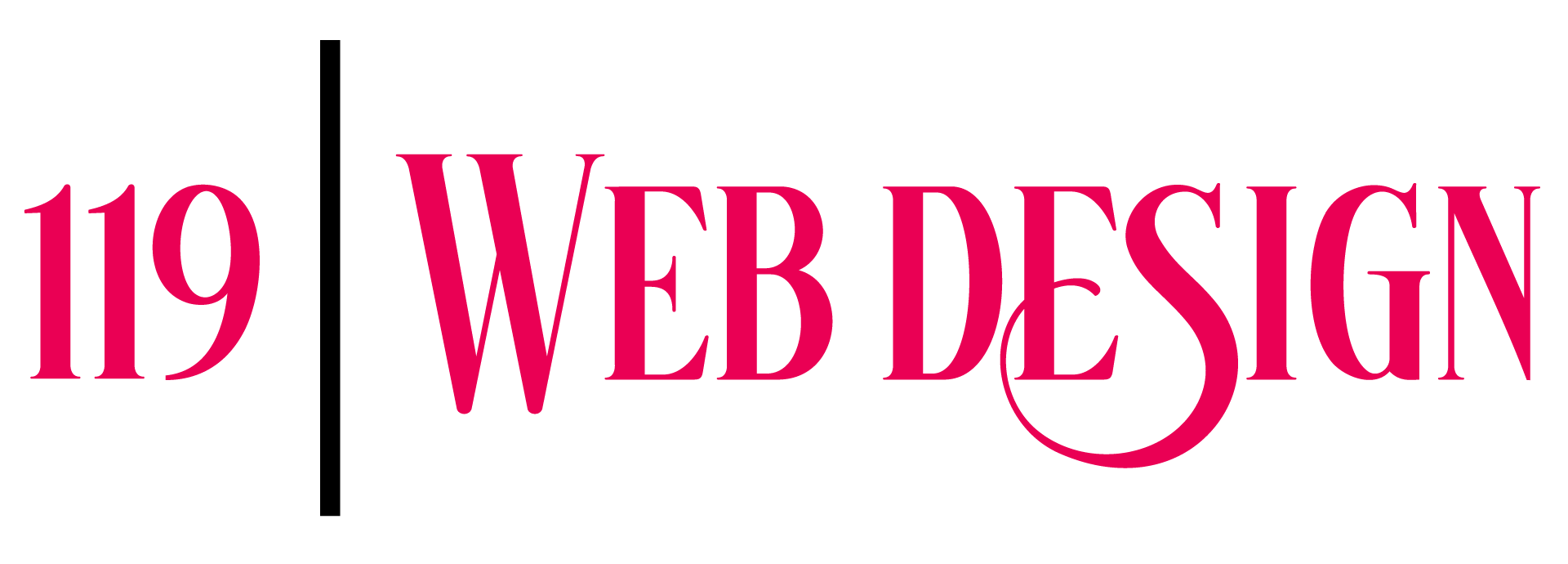


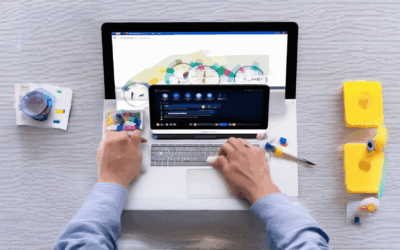
0 Comments